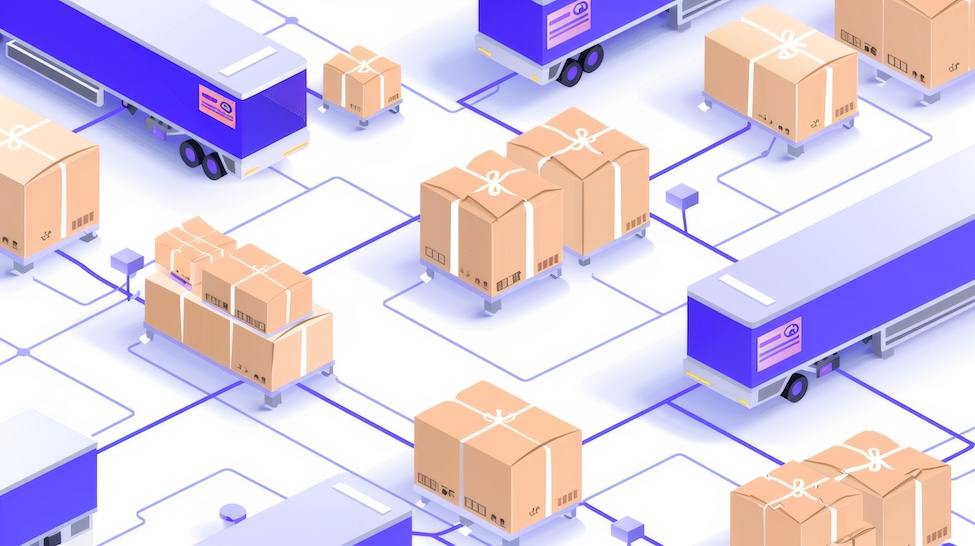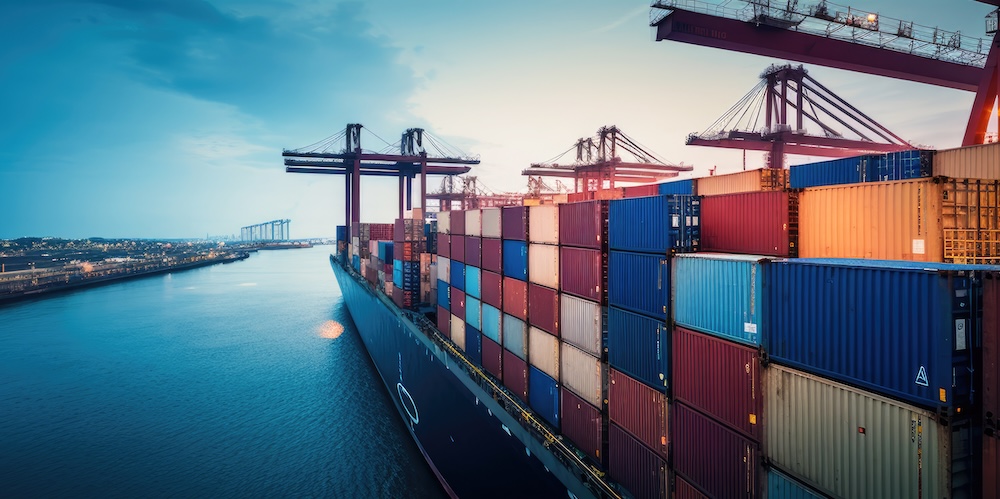The Difference Between Cross Dock Services and Transloading Services

Cross-docking vs. Transloading: How Do They Differ?
COVID-19 has affected every industry and it’s causing many to rethink their supply chain management. McKinsey recently surveyed senior supply-chain executives. Of them, 93% indicated that they’re trying to make their supply chains more resilient and agile.
Both transloading and cross dock services are crucial pieces of the logistics puzzle. But if you’re not clear about what they are and which is right for your business, you could lose your competitive edge.
Let’s take a look at the difference between transloading and cross dock so you can decide which is right for you.
What Are Transloading Services?
Transloading is the process of moving goods from one mode of transport to another. Typically, it involves transferring goods and moving from air or sea freight containers onto trucks or trains.
Does your business rely on overseas imports? Clearly, air and sea freight cannot transport your goods to their final destination. You will need to transport those goods to a transloading facility which is often located at a port or airport distribution warehouse.
In a transloading facility, goods are unloaded from shipping containers. They’re then prepared for onward distribution.
This will include sorting, palletizing, and shrink-wrapping the goods. They will then be stored until they are collected for delivery.
Pros and Cons of Transloading Services
Transloading allows you to store imported goods until you are ready to distribute them. You have a supply constantly available on-demand which can help you to immediately fulfill orders. Transloading facilities may also handle customs.
It is often much more efficient to transport goods via multiple forms of transportation. However, one drawback is that goods have to be stored at a cost before onward distribution.
What Are Cross Dock Services?
Cross dock services unload goods from one vehicle and move them onto the next for delivery with very short turnaround times. It can only work with goods that are already on pallets, ready for onward distribution via intermodal transportion.
The goal is to turnaround goods within 24-hours. This requires excellent communication between shippers and 3PL & 4PL services.
The Pros and Cons of Cross Dock Services
Cross docking eliminates the need for storage facilities and therefore use of unnecessary warehouse space. Because the goods are already on pallets, there is no need to process the goods in the facility.
This reduces labor costs, storage time, and overall cost savings. Faster turnaround times mean fewer opportunities for goods to get damaged or stolen. But if there are hiccups in communications, problems can arise.
Transloading vs. Cross Docking
Transloading is a great option if you’re receiving goods from overseas or other parts of the country. It is also the only option when you need to process and palletize goods before they can be distributed.
Cross docking provides a central distribution point for multiple suppliers. The fast turnarounds made possible at the cross docking facilities make it perfect for perishable goods that need to reach the market as soon as possible.
Which Is Right for Your Business?
Every business is looking for supply chain efficiency and additional ways for reducing costs. The right approach is usually a combination of docking and transloading services.
At AmerTrans Logistics, we’re ready to apply our decades of experience in logistics services for your benefit. We can create tailored solutions that take care of logistics while you focus on your core business. Call us or contact us online to request a quote today.
Related Articles
General
Inbound Logistics Explained: Processes, Benefits & Best Practices

Efficiency is the cornerstone of business success in today’s competitive environment. Inbound logistics, a critical component of supply chain management, plays a pivotal role in determining a company’s operational effectiveness and overall performance. Inbound logistics encompasses the processes involved in receiving, storing, and distributing raw materials, components, or finished goods from suppliers to production facilities […]
Read MoreGeneral
Freight Shipping vs. Standard Shipping: Understanding the Difference

Freight shipping stands as a cornerstone of modern logistics, propelling the global economy forward through the efficient movement of goods. This essential component of commerce encompasses the transportation of large quantities of products, distinguishing itself from standard shipping methods in scale, complexity, and significance. Understanding freight shipping is essential for business owners aiming to optimize […]
Read More
